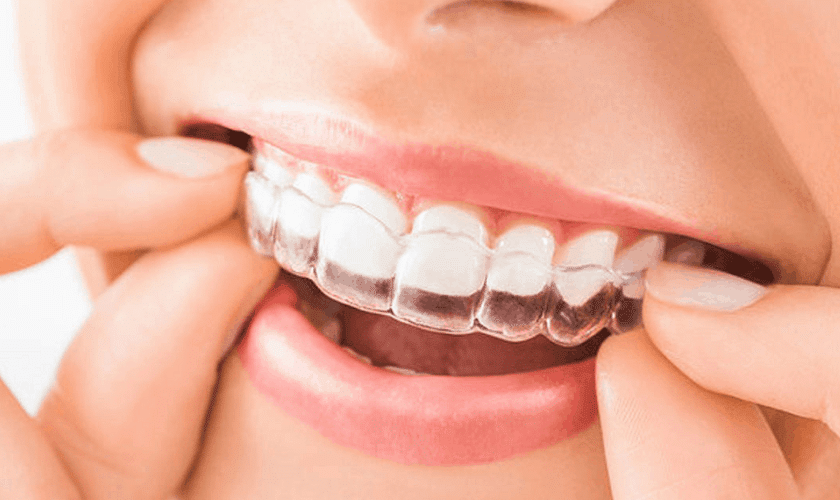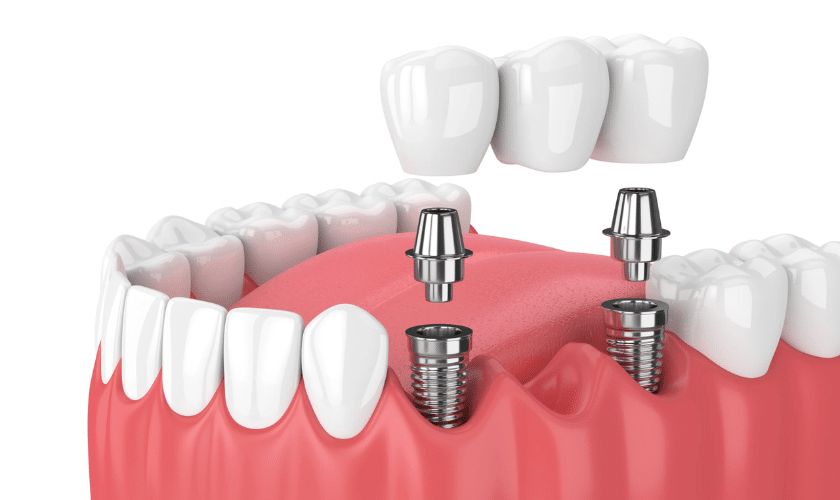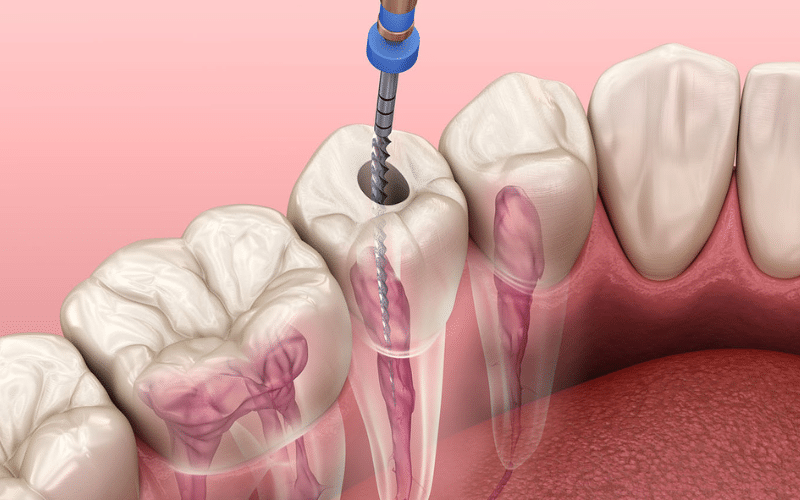
Are you considering Invisalign to straighten your teeth but have heard some myths holding you back? Well, we’re here to set the record straight! In this blog post, we will debunk five common misconceptions about Invisalign and show why it might be the perfect solution for achieving your dream smile. So grab a cup of coffee and get ready to discover the truth behind these myths – because when it comes to Invisalign, there’s more than meets the eye!
Invisalign Is Only For People With Minor Dental Issues
One of the most common misconceptions about Invisalign is that it’s only suitable for those with minor dental issues. This couldn’t be further from the truth! While it’s true that Invisalign works exceptionally well for mild to moderate cases, it can also address more complex orthodontic problems.
Advancements in technology have made it possible for Invisalign to treat a wide range of dental concerns. Whether you’re dealing with overcrowded teeth, gaps between your teeth, an overbite or underbite, crossbite, or even misaligned jaws – Invisalign can often provide an effective solution.
The key lies in the treatment planning process. Your dentist will create a customized plan using 3D imaging technology to map out each stage of your treatment. This allows them to precisely move your teeth into their desired positions gradually over time.
So don’t let anyone tell you that Invisalign is only reserved for minor issues. It has proven effective in treating various dental conditions and can help you achieve a healthier smile regardless of the severity of your case.
Invisalign Is More Expensive Than Traditional Braces
Another common myth about Invisalign is that it is more expensive than traditional braces. While it’s true that the initial cost of Invisalign treatment may seem higher, there are several factors to consider before jumping to conclusions.
The overall cost of orthodontic treatment varies depending on individual needs and goals. Traditional braces may require frequent adjustments and maintenance appointments, which can add up over time. In contrast, Invisalign aligners are typically replaced every two weeks at home, reducing the need for regular office visits.
Many dental insurance plans now cover a portion of Invisalign treatment costs. It’s worth checking with your provider to see if you have any coverage available.
Additionally, when comparing costs between braces and Invisalign, it’s important to consider long-term benefits. Straightening your teeth improves aesthetics and promotes better oral health by making brushing and flossing easier. This could save you money on future dental treatments.
Remember that each case is unique, and the price will vary accordingly. Consulting with an experienced dentist or orthodontist will give you a clearer idea of the potential costs of your situation.
Invisalign Is Not As Effective As Traditional Braces
When it comes to straightening teeth, traditional braces have long been the go-to option. However, with advancements in dental technology, Invisalign has emerged as a popular alternative. Despite its growing popularity, some misconceptions exist about Invisalign’s effectiveness compared to traditional braces.
One common myth is that Invisalign is less effective than traditional braces. This misconception stems from the idea that clear aligners may not be able to address severe orthodontic issues. However, Invisalign can effectively treat many dental problems, including overcrowding, gaps between teeth, and bite misalignment.
Many studies have shown that Invisalign can achieve comparable results to traditional braces in most cases. The key lies in careful treatment planning by an experienced orthodontist who will create a customized treatment plan tailored to each patient’s needs.
Another factor contributing to this myth is the perception that aligners aren’t constantly applying pressure like traditional braces. While it’s true that aligners are removable and must be worn consistently for optimal results, they are designed using advanced computer software to exert gentle yet consistent force on the teeth over time.
Moreover, unlike metal brackets and wires that can cause discomfort and irritation in the mouth, Invisalign aligners are made from smooth plastic material that fits comfortably over your teeth without causing significant pain or inconvenience.
It’s important to remember that every individual case is different when considering orthodontic treatment options. What works best for one person may not necessarily work for another. That’s why it’s crucial to consult an experienced orthodontist who can evaluate your needs and recommend the most suitable treatment method – traditional braces or Invisalign.
Invisalign Treatment Takes Longer Than Traditional Braces Treatment
Invisalign treatment takes longer than traditional braces treatment: a common misconception that needs debunking! While it’s true that the length of treatment can vary depending on individual cases, Invisalign has come a long way in terms of efficiency and effectiveness.
One of the key advantages of Invisalign is its ability to provide faster results than traditional braces. Thanks to technological advancements, Invisalign aligners are now designed to move teeth more efficiently and effectively. 3D imaging allows for precise planning and control throughout treatment, resulting in shorter treatment times.
Another factor that contributes to the perceived longer duration is compliance. Patients can remove their aligners with Invisalign when eating or brushing their teeth. However, wearing them for at least 20-22 hours daily is important for optimal results. Those who fail to comply with this requirement may experience delays in achieving their desired outcome.
It’s best to consult with an experienced orthodontist who can evaluate your specific dental condition and provide accurate information regarding expected treatment times with both options.
Source: Smile Pop – Dr. Courtney Barry
You Have To Wear A Retainer After The Invisalign Treatment
One of the common myths about Invisalign is that you have to wear a retainer after your treatment. While it is true that wearing a retainer is recommended for most orthodontic treatments, including traditional braces, it does not mean that it is mandatory after Invisalign treatment.
After completing your Invisalign treatment and achieving the desired alignment of your teeth, your orthodontist may recommend wearing a retainer to maintain the results. However, this recommendation varies from person to person and depends on individual circumstances.
Retainers are important because they help prevent your teeth from shifting back to their original positions. They can be either removable or fixed behind the teeth. Your orthodontist will determine which type of retainer suits you best based on your needs.
Invisalign is a great option for those looking to straighten their teeth without the hassle of traditional braces. We hope this article has debunked some common myths about Invisalign and provided you with a better understanding of how the process works and what benefits it can offer. If you’re considering making an appointment with your orthodontist, ask any questions that come to mind so that you have all the information needed before deciding on whether or not Invisalign is right for you.





